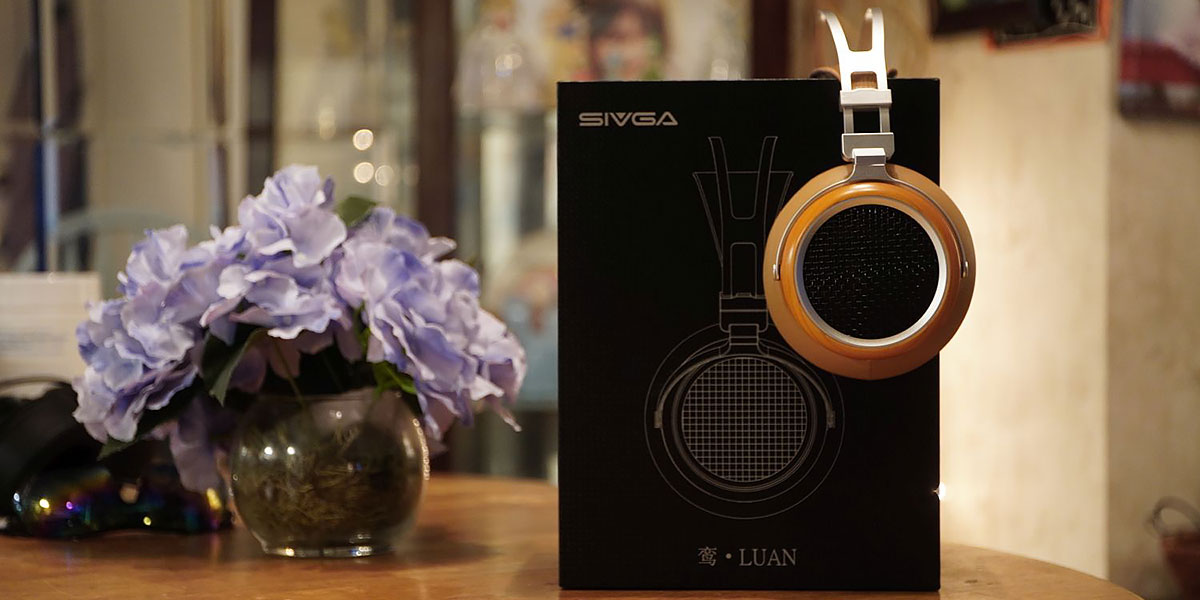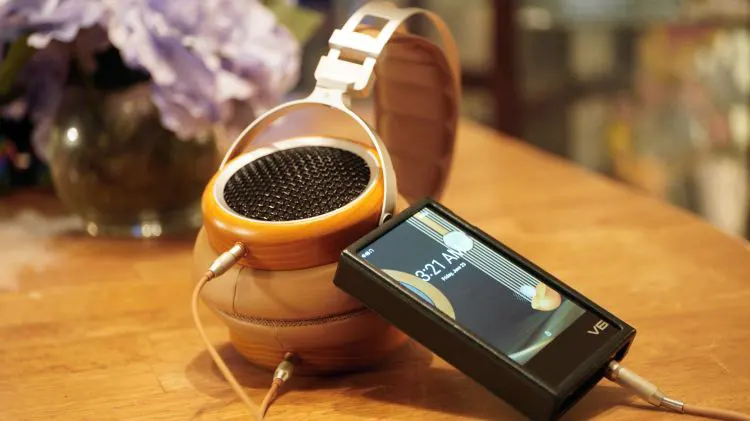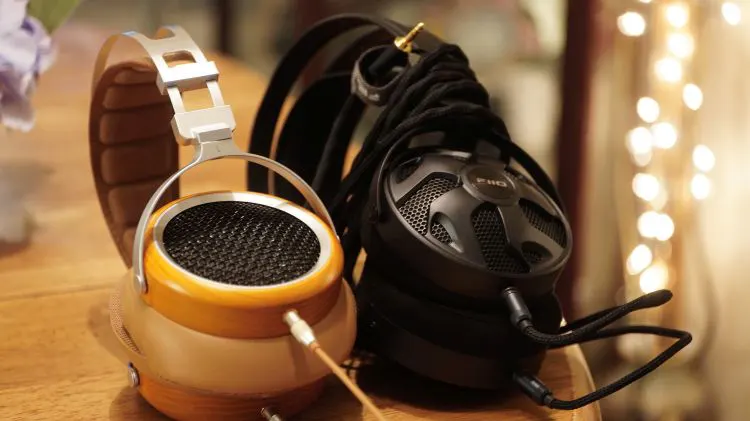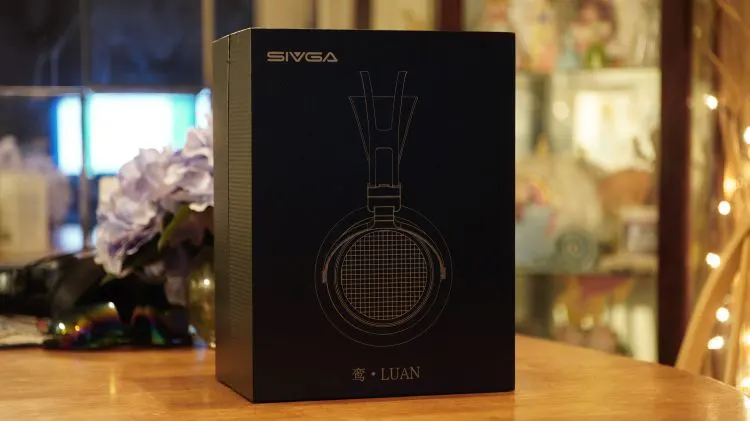Sound Impressions
Bass
The Luan isn’t set up for bass. It is a balanced-sounding headphone and EQ doesn’t help to obtain much more than what you get when you open the box.
quantity of bass is moderate, right on the cusp of bass light. There is some substance there, some oomph, but I always find myself wanting more and trying to tweak settings to get more.
The fidelity, for this price, is stellar. The Luan is an HD600 on steroids, but not in a raw or aggressive way. It sounds like a natural headphone that does not sound sterile or warm. The Sennheiser HD600 is where I would place it, because the HD650 sounds warmer, and more weighted on the bottom end compared to this Luan.
However, the fidelity exceeds that of the HD6xx series, and the likes of the Philips Fidelio X series which are both among the best buys for the tier when it comes to either lots of fun bass, bass clarity, and refinement.
The Philips line is the warmer end. The Sennheiser is the more natural and less warm of the two. Thankfully, the Luan doesn’t sound sterile and cold, or analytical. There is plenty of heft and warmth there to regard it as non-sterile in tone.
Mids
The Luan mids are like one step behind very forward sounding to me and not quite in the realm of moderate. That means it is not a vocal experience that sounds far away (recessed) and it’s not in the middle ground, but it is also not quite on the level of some Audio Technica’s out there.
For example, they are highly forward in mid-placement. I feel like they are just a step down from being very forward, so I still regard them as highly engaging, fun, vivid, “forward” and enjoyable.
The Luan’s fidelity exceeds any other competing similarly-priced headphones I currently have, except for one. The only actual competition for the Luan is the FiiO FT3.
Where the Luan is the more aggressive of the two, the FiiO is smoother, refined, and less vibrant. The FiiO is also much more recessive and not nearly as forward feeling. Versus the FiiO FT3, because the Luan is noticeably more forward feeling, the mids feel larger and more expanded.
Treble
This SIVGA Luan has some bite! And I like it. It isn’t excessive, but it could get a tad hostile at times if the track called for it. Refined is not the word I am going to use, so I will use fun and engaging instead.
The Luan is fun up there. It isn’t icy, or cold. But it has enough quantity and strike factor to remain entertaining and plenty clear for the price.
Another notable comparison is the FT3 from FiiO’s top side, which portrays treble with a much darker backdrop, and that sort of glistens in comparison to the omnipresent and more fun treble of the Luan.
The Luan sound is a step or two into bright, but not annoyingly so. One can easily hear this in comparison with other $300-tier headphones, it is simply brighter and more alive up there, engaging, but without excessive slam or sibilance. This is not a sibilant headphone. It just has more treble than usual.
Imaging
The Luan has an excellently coherent physical shape with equal parts height, width, and depth of field. This headphone doesn’t sound wide, but that is because the mids are so forward. This headphone doesn’t sound particularly tall, but that is because the entire stage size is more forward than moderately placed.
What is there is nice, but the depth of the field, in my opinion, is the star of the show. It isn’t excessive like an HD800 or anything like that, but the stage is very good for an imaging experience that has this shape.
Sometimes, headphones sound wider than tall. Or, taller than wide. Or they have short height and width and a weirdly deep cavernous depth of field.
I think the SIVGA designers were aiming for an expanded Beyerdynamic flavor, which is an attempt to sound equal in every regard in the physical sizing of the imaging and sound staging experience. I call that extremely coherent.
Side by side with my Beyerdynamic T5 3rd Gen, the Luan feels like it’s a larger bubble that was scaled up in Photoshop.
Select Comparisons
SIVGA Oriole
For $199, a fair bit cheaper than the Luan, you can get the Oriole they released a few years ago, which you can read my review of here. The Luan is significantly more open feeling, of course, because it’s an open back and the Oriole is not.
The Luan shares the same type of bass as the Oriole though, not sterile, but not warm either, as well as being right at the line between bass light and bass moderate. The fidelity factor across the board is much better on the Luan.
SIVGA Robin
Just like the Luan, the SIVGA Robin ($149) is extremely comfortable and also uses very plush earpads. It is clear to me that the Luan is a logical and natural upgrade to the Robin in every avenue possible.
I believe both retain the same general tone and the same general presentation. However, the Luan sounds cleaner in bass, treble, and mids, as well as offers a more expansive imaging experience.
The Luan treble is noticeably more boosted than the Robin though, while the Robin is a bit more reserved and closer to full equal bass, mids, and treble in its presentation.
FiiO FT3
The Luan is more comfortable, more forward, and has a more balanced feeling. The FiiO FTS is darker, and weightier on the bottom end. Both headphones are excellent, but the Luan is more vibrant and fun, less sterile and refined.
The FiiO feels top-heavy on my head, and the Luan feels perfectly balanced and much softer on my ears and the top side of my skull. The FiiO requires a ton of power and is highly inefficient, the Luan is nicely powered by your average DAP.
Koss x Drop ESP/95X
For just a bit more cash, you can grab a set of Drop’s revised Koss ESP 950 called the ESP/95x. It is an electrostatic headphone that comes with an amplifier and I find the fidelity between the Luan and the 95x roughly the same.
The 95x has more bass potential and sounds significantly smoother, much more refined, slick, and effortless. But that is a quality most electrostatics have. The Luan build is lightyears better, and it also is a much more fun and engaging set. The 95x is a bit recessive, the Luan is very forward.
Sennheiser Momentum 4 Wireless
For a similar price, you can snag a set of Sennheiser Momentum 4 Wireless headphones which provides both a wired and wireless experience depending on your preferences.
The Luan is significantly more spacious, an effortless feeling. Lighter. The Momentum 4 is rock solid, dense, and weighted feeling. The Sennheiser also is closed back, so of course the imaging experience is lagging behind the large 50mm open drivers of the Luan.
The Momentum has a slew of touch controls, offers ANC on the go, and is highly responsive to bass alteration, the Luan is not.
Fidelity-wise the Luan is noticeably cleaner and less grainy than the Momentum across the board. The Momentum has far less treble, which is very tame compared to the plentiful and fun treble the Luan has to offer.
Our Verdict
The SIVGA Luan has a generalist headphone tuning but a good one at that. It offers a nice, spacious feel to the sound and also is very easy to power.
I’ve found that extra amplification and high amounts of output power don’t do much for it but make it a tiny bit smoother feeling.
Overall, the SIVGA Luan is a very good mid-tier headphone and something gamers and casual podcasters should be opting for. It is a great mid-centered experience that plays well with pretty much any amp or DAC you pair with.
Outside of that, the set is one of the most comfortable sets I’ve come across in a long time.
SIVGA Luan Technical Specifications
- Impedance: 38Ω.
- Frequency Response: 20Hz-40kHz.
- Weight: 354 grams.
- Sensitivity: 100dB.









